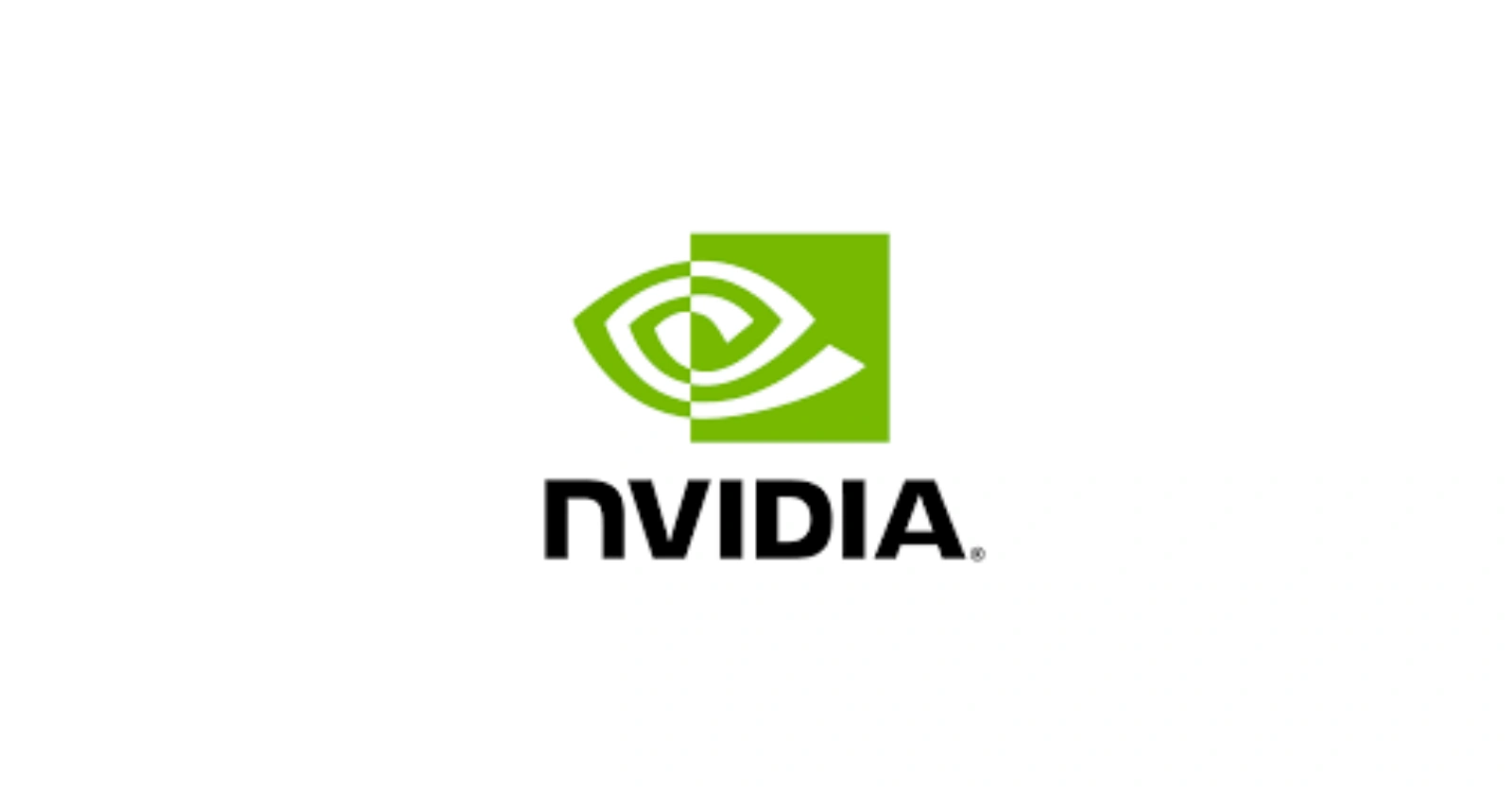London, September 20, 2025 – In a move that underscores the accelerating fusion of artificial intelligence and automotive innovation, Nvidia has signaled its intent to inject $500 million into Wayve, a pioneering UK-based startup revolutionizing autonomous driving.
This potential investment, announced through a letter of intent, arrives at a pivotal moment as nations and tech giants align to dominate the AI landscape, promising to reshape how vehicles navigate complex urban environments without human intervention.
The deal not only builds on Nvidia’s longstanding partnership with Wayve but also aligns with broader geopolitical efforts to bolster AI capabilities, highlighting the strategic importance of embodied intelligence in the future of mobility.
Strengthening Ties in Autonomous Tech Amid Geopolitical Shifts
The announcement follows Nvidia’s participation in Wayve’s $1.05 billion Series C funding round in 2024, which was led by SoftBank and included contributions from Uber. This latest evaluation for $500 million in Wayve’s upcoming round reflects growing confidence in the startup’s approach to embodied AI, a technology that enables vehicles to learn and adapt in real time, much like human drivers.
Nvidia’s involvement dates back to 2018, with each iteration of Wayve’s platforms powered by the chipmaker’s advanced hardware, culminating in the forthcoming Gen 3 system built on Nvidia’s DRIVE AGX Thor.
This investment gains added significance against the backdrop of the newly signed UK-US “Tech Prosperity Deal” on September 16, 2025. The pact, endorsed by US President Donald Trump during his visit to the UK, aims to enhance collaboration in AI, quantum computing, and civil nuclear energy, fostering economic growth and technological leadership for both nations.
As part of this alliance, Nvidia has pledged £2 billion ($2.7 billion) to support the British AI startup ecosystem, with the Wayve deal forming a key component. This commitment comes alongside announcements from other tech heavyweights like OpenAI and Microsoft, injecting a combined £31 billion in private investments to propel joint advancements in deep technologies.
Analysts view this as Nvidia’s strategic play to secure its dominance in the AI hardware space, especially as autonomous vehicles demand immense computational power. Jensen Huang, Nvidia’s CEO, has emphasized the company’s role in fusing its accelerated computing with ecosystems like Intel’s, as seen in a separate $5 billion collaboration announced earlier this week to develop AI infrastructure for PCs and data centers. Such moves position Nvidia not just as a chip supplier but as a foundational enabler in the global shift toward intelligent mobility.
Wayve’s Innovative Edge: Redefining Autonomous Driving with Embodied AI
Founded in 2017 in London, Wayve stands out in the crowded autonomous vehicle sector by eschewing traditional methods that rely on high-definition maps and pre-coded rules.
Instead, its technology leverages machine learning and camera sensors to allow vehicles to perceive, understand, and learn from traffic patterns and human behavior in real time. This “AV2.0” approach, as dubbed by the company, represents a paradigm shift toward mapless, hardware-agnostic systems that can adapt to any environment, enhancing safety and scalability.
Wayve’s AI Driver, the core of its platform, processes data from cameras and radar into actionable driving decisions through an end-to-end neural network. Unlike competitors such as Tesla or Alphabet’s Waymo, which often incorporate lidar or detailed mapping, Wayve focuses on embodied intelligence – essentially giving vehicles a “robot brain” that evolves with experience. This method has proven effective in public-road trials, including fully autonomous operations in London in partnership with Uber since June 2025.
The startup’s expansion reflects its ambitions: Currently operational in the UK and US, Wayve has extended testing to Germany and Japan, with plans to integrate its tech into Nissan vehicles starting in 2027. Alex Kendall, Wayve’s co-founder and CEO, highlighted the investment’s validation: “Continued support from a global technology leader like NVIDIA underscores confidence in our AV2.0 approach to building embodied AI and its potential to transform the future of mobility.”
To illustrate Wayve’s progress, consider these key milestones:
- 2017 Founding: Emerged with a focus on AI-driven autonomy, backed by early investors like Eclipse Ventures.
- 2024 Funding Surge: Secured over $1 billion, enabling rapid scaling and partnerships with SoftBank, Nvidia, and Uber.
- 2025 Expansions: Public trials in London with Uber; integration testing in Germany and Japan; Gen 3 platform announcement.
- Future Roadmap: Aiming for Level 3 (eyes-off) and Level 4 (driverless) capabilities across urban and highway settings by 2027.
This trajectory aligns with industry trends, where AI foundation models are increasingly seen as the key to overcoming the limitations of rule-based systems.
Powering the Future: Nvidia’s DRIVE AGX Thor at the Heart of Innovation
Central to Wayve’s Gen 3 platform is Nvidia’s DRIVE AGX Thor, a powerhouse computing system designed for automotive-grade AI applications. Built on the Blackwell GPU architecture, Thor delivers up to 1,000 INT8 TOPS (trillions of operations per second) for AI workloads, paired with ARM Neoverse V3AE CPUs for robust processing. It runs on the safety-certified Nvidia DriveOS, incorporating the Halo safety system to ensure compliance with stringent automotive standards.
Specifications of the DRIVE AGX Thor highlight its capabilities:
| Feature | Details |
|---|---|
| AI Performance | Up to 1,000 INT8 TOPS, 2,000 FP4 FLOPs |
| CPU | ARM Neoverse V3AE |
| Memory | 128 GB (Jetson Thor variant) |
| Ethernet Connectivity | 4x 100MbE, 16x 1GbE, 6x 10GbE |
| PCIe Lanes | 12 lanes Gen5 (32 GT/s) |
| Power Consumption | 40–130 W |
| Storage | 256 GB UFS |
Source: Nvidia Developer Site.
This hardware enables Wayve to advance toward higher autonomy levels, processing vast amounts of sensor data for real-time decision-making. The integration marks a seven-year collaboration milestone, with Nvidia’s tech underpinning every generation of Wayve’s robots. Industry experts note that such platforms could reduce development costs for automakers, accelerating the deployment of self-driving fleets.
Broader Market Implications: A Booming Autonomous Vehicle Landscape
The Nvidia-Wayve deal arrives as the global autonomous vehicle market surges forward. Projections indicate the sector could reach $658 billion by 2030, growing from $72.64 billion in 2024 at a compound annual growth rate (CAGR) of 44.5%.
Alternative forecasts from Fortune Business Insights suggest an even more aggressive expansion, hitting $13,632 billion by 2030 with a 32.3% CAGR. Goldman Sachs Research anticipates robotaxis alone capturing a 90% CAGR in ridesharing from 2025 to 2030, potentially transforming urban transportation.
Key drivers include:
- Technological Advancements: AI and machine learning are enabling vehicles to handle unpredictable scenarios, reducing reliance on expensive sensors like lidar.
- Regulatory Progress: Governments in the US, UK, and EU are streamlining approvals for autonomous testing, with the UK-US pact facilitating cross-border innovation.
- Economic Benefits: Autonomous tech could create tens of thousands of jobs in AI research and manufacturing, while improving road safety – the World Health Organization reports 1.19 million annual road deaths globally, many preventable through AI.
- Competitive Dynamics: Nvidia’s investment positions it against rivals like Tesla, which relies on its own vision-based Full Self-Driving system, and Alphabet’s Waymo, which has logged millions of driverless miles.
Social media buzz on platforms like X.com amplifies the excitement, with users highlighting Wayve’s pure-vision approach using just seven cameras and no additional sensors. Posts from analysts emphasize the deal’s potential to fuel Nvidia’s chip demand in the long term.
Challenges and the Road Ahead
Despite the optimism, hurdles remain. Autonomous systems must prove reliability in diverse conditions, from foggy London streets to bustling Tokyo intersections. Regulatory scrutiny intensifies, with safety concerns prompting calls for rigorous testing. Wayve’s mapless strategy, while innovative, requires vast datasets to generalize across geographies, a challenge Nvidia’s computing power aims to address.
Nvidia’s broader bets, including its Intel collaboration and UK ecosystem funding, signal a diversified strategy amid US federal stakes in chipmakers like Intel. For Wayve, this infusion could expedite global rollout, potentially integrating with more OEMs beyond Nissan.
As the autonomous era dawns, Nvidia’s stake in Wayve exemplifies how AI investments are not just financial but foundational to redefining transportation. With geopolitical alliances amplifying these efforts, the path to safer, smarter roads appears closer than ever, promising economic and societal transformations on a global scale.



